Posted by
Retired Felixstowe Dockers
- Get link
- Other Apps
By Susan Muldowney. The new Victorian International Container Terminal (VICT) at Webb Dock East in Melbourne.
Australia’s first fully automated international container terminal is setting a new bar for engineering excellence.
In January 2017, a high-tech player entered Australia’s stevedoring industry, setting a new benchmark for efficiency, safety and sustainability across the sector.
The Victorian International Container Terminal (VICT), located at Webb Dock East in the Port of Melbourne, is the first fully automated facility of its kind in the country.
It provides an additional 33 per cent capacity to the port, where the annual shipment of goods is projected to quadruple to around 8 million TEU — 20-foot equivalent units — by 2035.
VICT also sets a high bar for engineering excellence.
A waterfront project of this scale was always going to present challenges. AECOM provided the preliminary design and geotechnical and environmental investigation services to ensure a solid foundation across the 35.4 ha site and was recognised with a 2018 Australian Engineering Excellence Award in the infrastructure category.
The $650 million facility includes five Neo-Panamax ship-to-shore (STS) cranes that sit on a 660 m berth. Designed to lift loads of up to 65 t, they are operated 1.2 km from the wharf via fibre optic cable.
Crane operators have full visibility via a live video feed from 16 cameras that provide 10 different views at one time.
VICT also features 20 automatic stacking cranes (ASC), which handle the interchanges between trucks and the container stacking blocks, both on the land side and the quay side.
There are 11 automatic container carriers (ACC) on site to enable driverless container delivery. Each innovation combines to make VICT one of the most advanced terminals in the world.
Maritime clay challenge
While the automated stevedoring technology is impressive, a solid foundation was key to the project’s success, said Kejing Chen, Associate Director, AECOM Ground Engineering.
Highly compressible marine clays underlay the entire project area and operational tolerance of the ASCs imposes tight restrictions on the vertical and lateral displacements of rail foundations.
AECOM’s geotechnical team conducted site investigations, which included a review of its reclamation history and an analysis using finite element modelling to study the effect of historical soil settlements on the future development.
Without ground improvements, AECOM estimated that the development could be subject to settlement of up to 500 mm over its 27-year design life.
“To create the port area, imported fill was dumped and this pushed out the silt, leaving huge variations in hard and soft soil that behaves differently under the various loads,” Chen said.
“The fact that it would continue to settle over time had to be accounted for in all the structural designs.”
AECOM’s ground improvements, including impact rolling, chemical stabilisation and pre-loading with wick drains, were designed to limit post-construction settlement to no greater than 150 mm.
“For large portions of the site, no ground improvement was undertaken and the settlement is managed through an adjustable rail footing,” Chen said.
“Pre-loading was used in marginal areas in the northern portion of the site where settlements of moderate magnitude were predicted.”
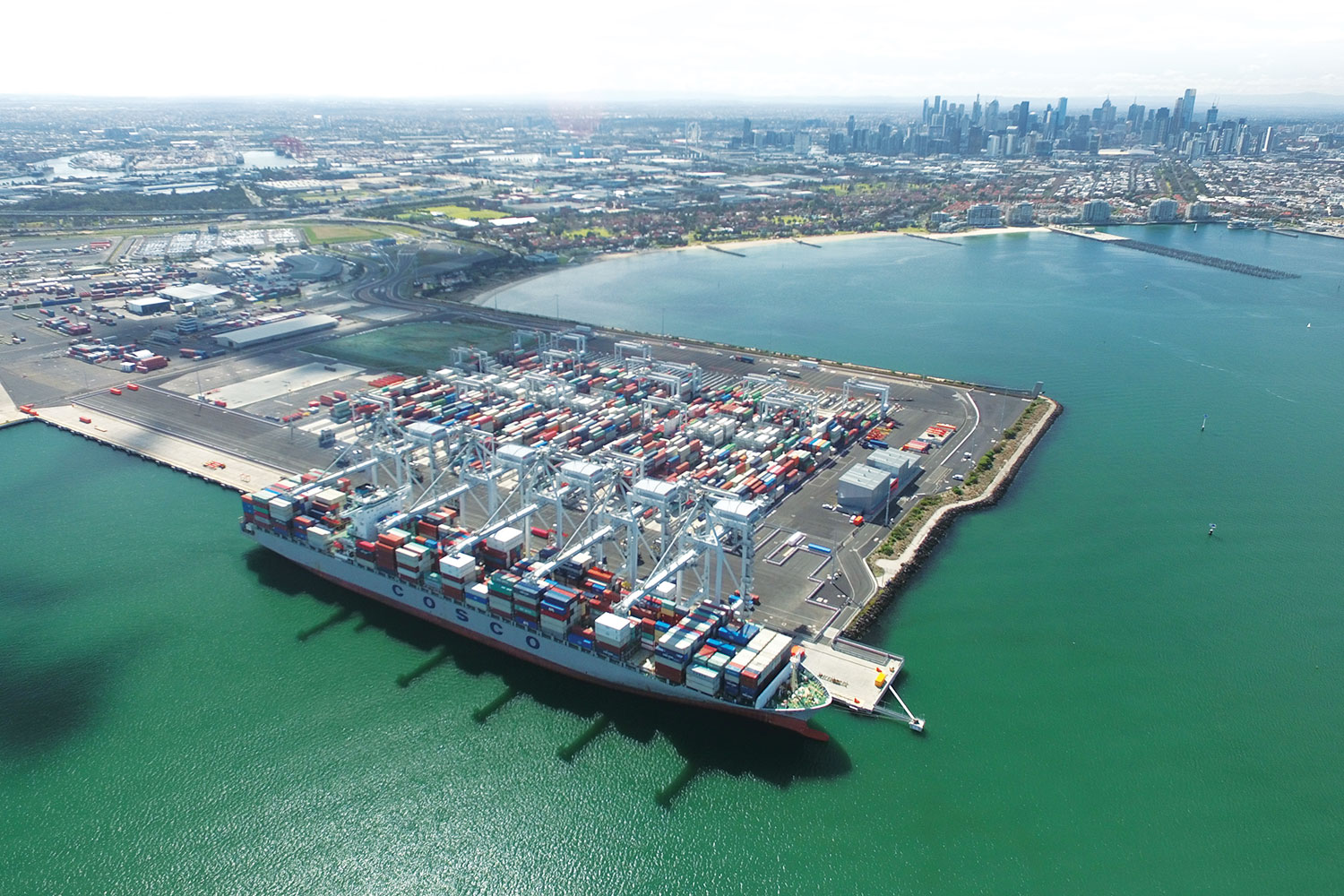
Chen added the southeast corner of the dock required greater attention due to its soft marine clay measuring up to 20 m deep.
“Significant mud-waving had occurred during initial development of the site as a dock facility,” he explained.
Ground improvement in this area involved a ‘rigid intrusion’ method, which includes a series of controlled modulus columns (CMC).
“The columns were essentially drilled into the ground — through marine clay and into Fishermans Bend — which was a denser material,” said Con Anagnos, Project Manager at BMD, which carried out infrastructure construction works at the site.
“There was a full-time geotech [engineer] assessing the torque of the drill rig and, once it reached a certain level, concrete was poured in as the drill was retracted. There were thousands of columns installed in the southeastern quadrant. It was a clever design from AECOM, because they’d seen the history of the terminal and researched how it was constructed.”
Safety and efficiency
An automated facility like VICT must be designed to allow the safe and efficient movement of containers and trucks without human interaction.
VICT integrates all automated application interfaces between the vehicle booking system,
the terminal in and out gates, the movement of ACCs and ASCs, the primary terminal operating system and all other automated systems associated with the operation of quay cranes.
“A waterfront environment is one of the most dangerous workplaces and what the automation has done is to remove the interfaces between heavy equipment and the people as much as we can,” said Stuart Finch, Engineering Manager at VICT.
ASCs transport one container at a time from the ship-to-shore quay cranes to the larger rail-mounted ACCs, which place them between the rail system with other containers.
“The ASC runs on a pattern of hexagonal magnets to allow for navigation,” explains Martin Hewitt, AECOM Associate Director, Civil Structures.
“We had to design physical and virtual fencing that would ensure vehicles ceased operations when people entered certain areas.”
“WHAT THE AUTOMATION HAS DONE IS TO REMOVE THE INTERFACES BETWEEN HEAVY EQUIPMENT AND THE PEOPLE AS MUCH AS WE CAN.”
Stuart Finch
Unevenly loaded cargo presents a significant safety risk of trucks overturning.
VICT’s ASCs use load-sensing spreader technology to pick up discrepancies in weight distribution and measure the load of the cargo from both ends of the container with an accuracy of 99 per cent.
Finch said the facility’s automatic truck handling is another significant safety feature.
When a truck arrives on site, optical character recognition technology (OCR) is used to scan the license plate and other relevant information before it enters the yard. The OCR links that information to the terminal operating system, which identifies and validates the transaction and instructs the truck driver where to proceed.
“When the truck is in the right area, the driver scans an identification card that interfaces with the crane,” Finch said.
“The crane’s been told from those OCR gates that that container is now on site, and because the truck driver has pre-booked online, we know which container he’s coming to get, so the crane starts dispatching it and loading on to the truck.”
“If everything goes well, [a container] lands on the truck and there’s zero interface from any people on the ground for that to happen,” Finch said.
“The truck driver can be in his truck and heading out of the terminal in under 30 minutes. In the other terminals in Melbourne, we’ve been told the wait time can be up to an hour and a half.”
Sustainable designs
The terminal has the capability to work around the clock, and its close proximity to the local community can create issues of light pollution.
VICT uses Bright Light Management System (BLMS) software with Light Emitting Plasma (LEP) technology that represents a 70 per cent savings on electricity and maintenance costs and minimises obtrusive and unnecessary lighting.
“The automation doesn’t need any light to operate in,” Finch said.
“It’s actually quite dark on the terminal when everything’s working. And then if the guys need to go in there for a breakdown or for general maintenance, we can turn on the lighting in that area for them.”
“WE HAD TO DESIGN PHYSICAL AND VIRTUAL FENCING THAT WOULD ENSURE VEHICLES CEASED OPERATIONS WHEN PEOPLE ENTERED CERTAIN AREAS.”
Martin Hewitt
Electrical design also reduces the terminal’s energy demands.
“All of our cranes are fitted with the latest drive systems that regenerate electricity when the crane’s lowering the load,” Finch said.
“So, instead of being just spent off as heat energy on the brakes, we capture that energy and we put it back into an internal network for use on other cranes — or, if it’s not needed at that time, it gets exported for the grid.”
Australia’s first fully automated container terminal employs 175 people and Hewitt said that its overall design needed to cater to each of them.
“The facilities had to be designed for very different users,” he said.
“We had to account for wharfies and their steel-capped boots in the warehouse and the
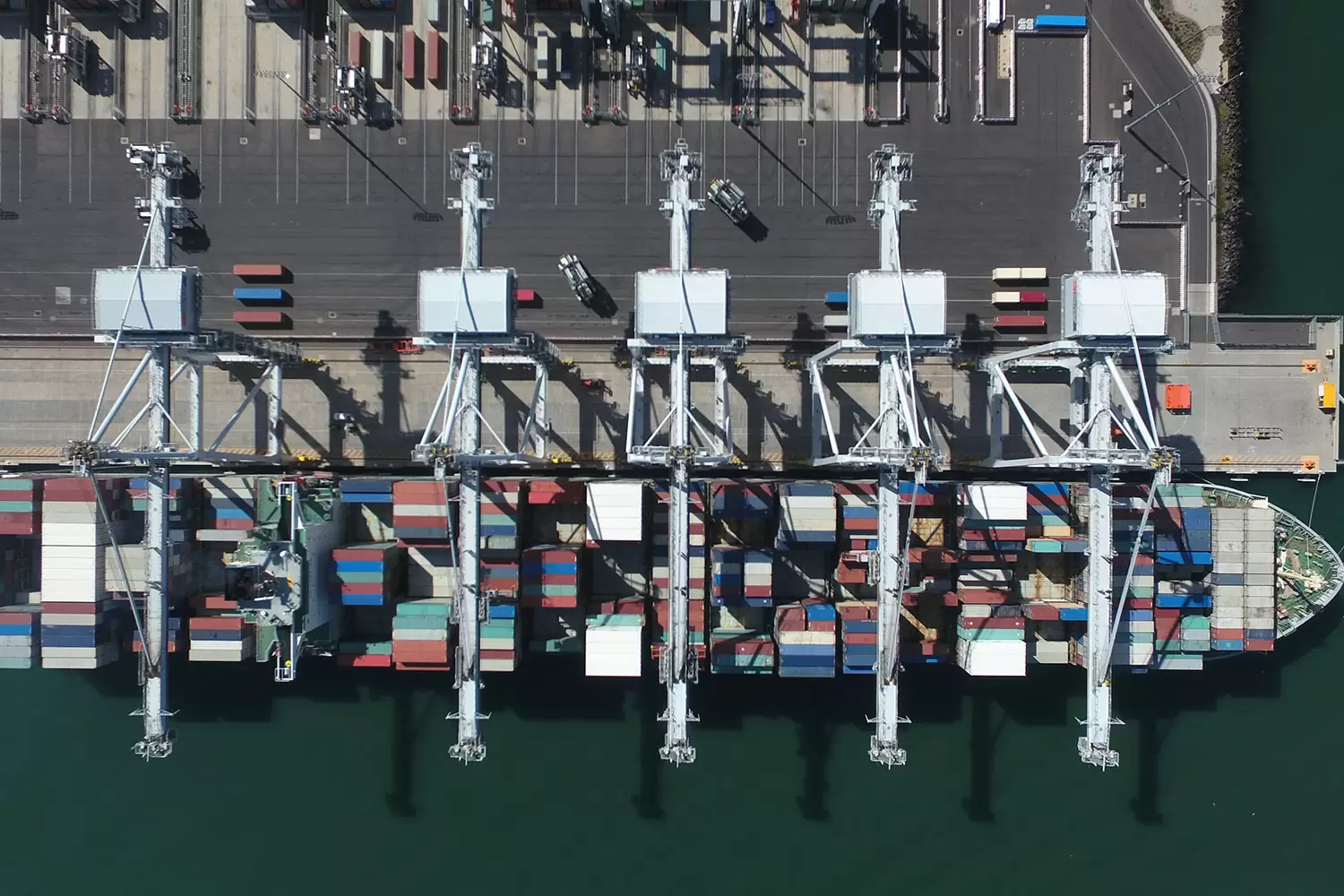

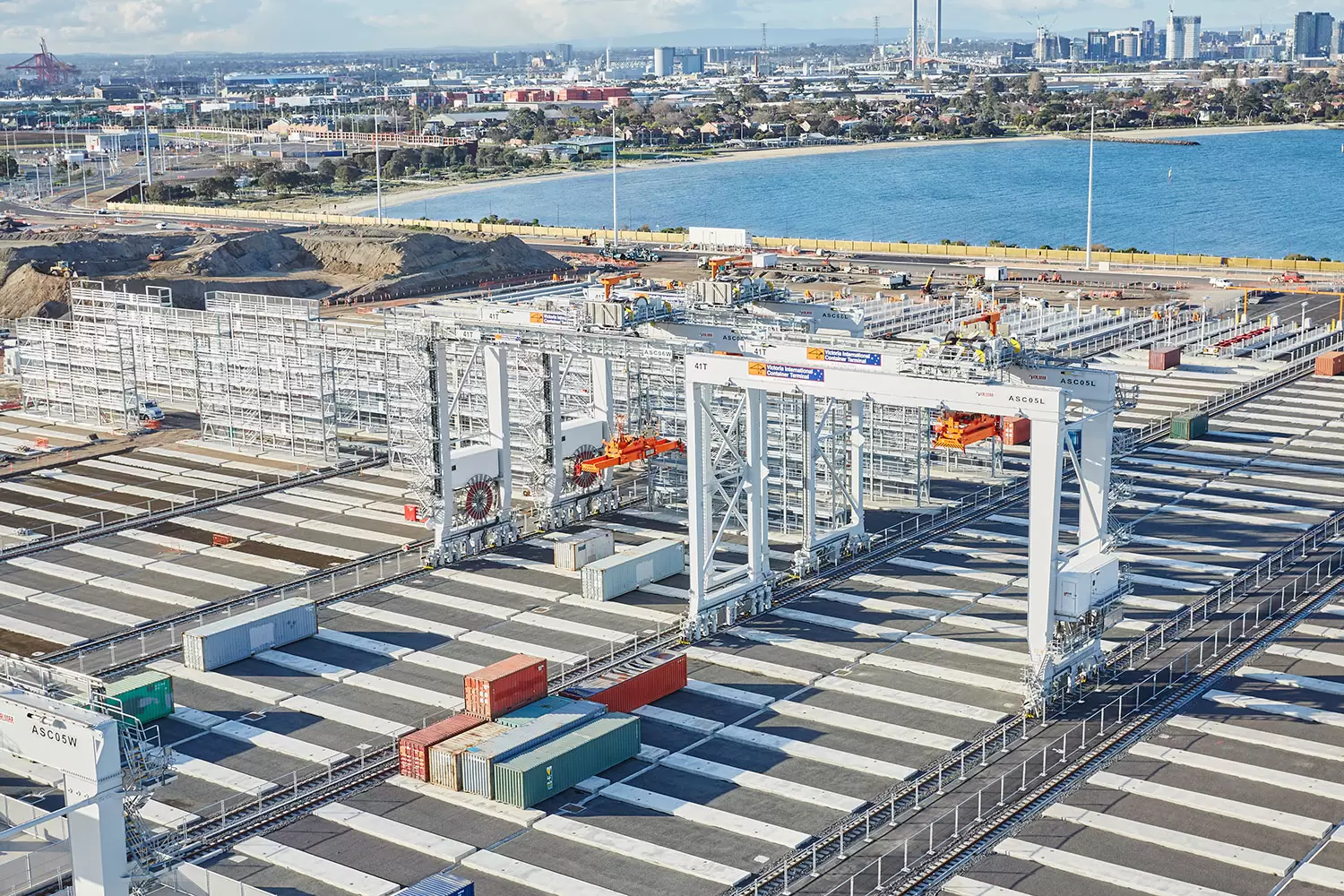





 Previous
Previous
Next
Preparing for Port 4.0
Automation in the stevedoring industry is on the rise.
A new report from management consultant McKinsey & Company notes that despite the high upfront capital expenditure and operational challenges that automation presents to ports, it also has the potential to reduce operating costs by 25 to 55 per cent and boost productivity by 10 to 13 per cent.
The report describes the transformation of ports as part of a larger transition to Industry 4.0, which it calls Port 4.0.
It estimates that around 40 partly or fully automated ports now operate across the world and that at least $10 billion has been invested in them. It predicts a further $10-15 billion investment over the next five years.
VICT’s Stuart Finch said automation has transformed the stevedoring industry.
“We’ve got a more stable production, which makes it a lot more predictable for us when we’re talking to the vessels and trying to work out how long their stays will be,” he said.
“We also see more predictable productivity rates, where we’re not seeing the big dips where you have your normal breaks and shift changes and the sort of occurrences that would stop operation completely at another terminal.”
Webb Dock was the recipient of an Australian Engineering Excellence Award in 2018. Expressions of interest for the 2020 awards are now open, visit aeea.engineersaustralia.org.au to submit your project.
Susan Muldowney
Susan Muldowney is a Melbourne-based writer specialising in architecture and design and is endlessly fascinated by the engineering that brings some of the best building plans to life.
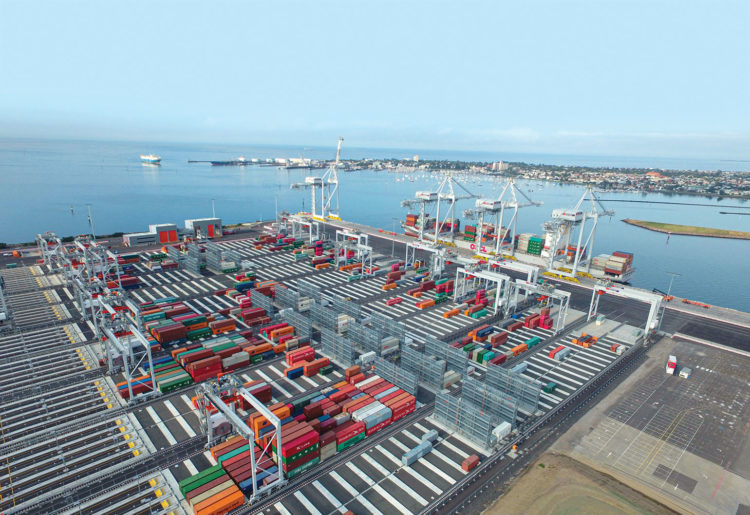

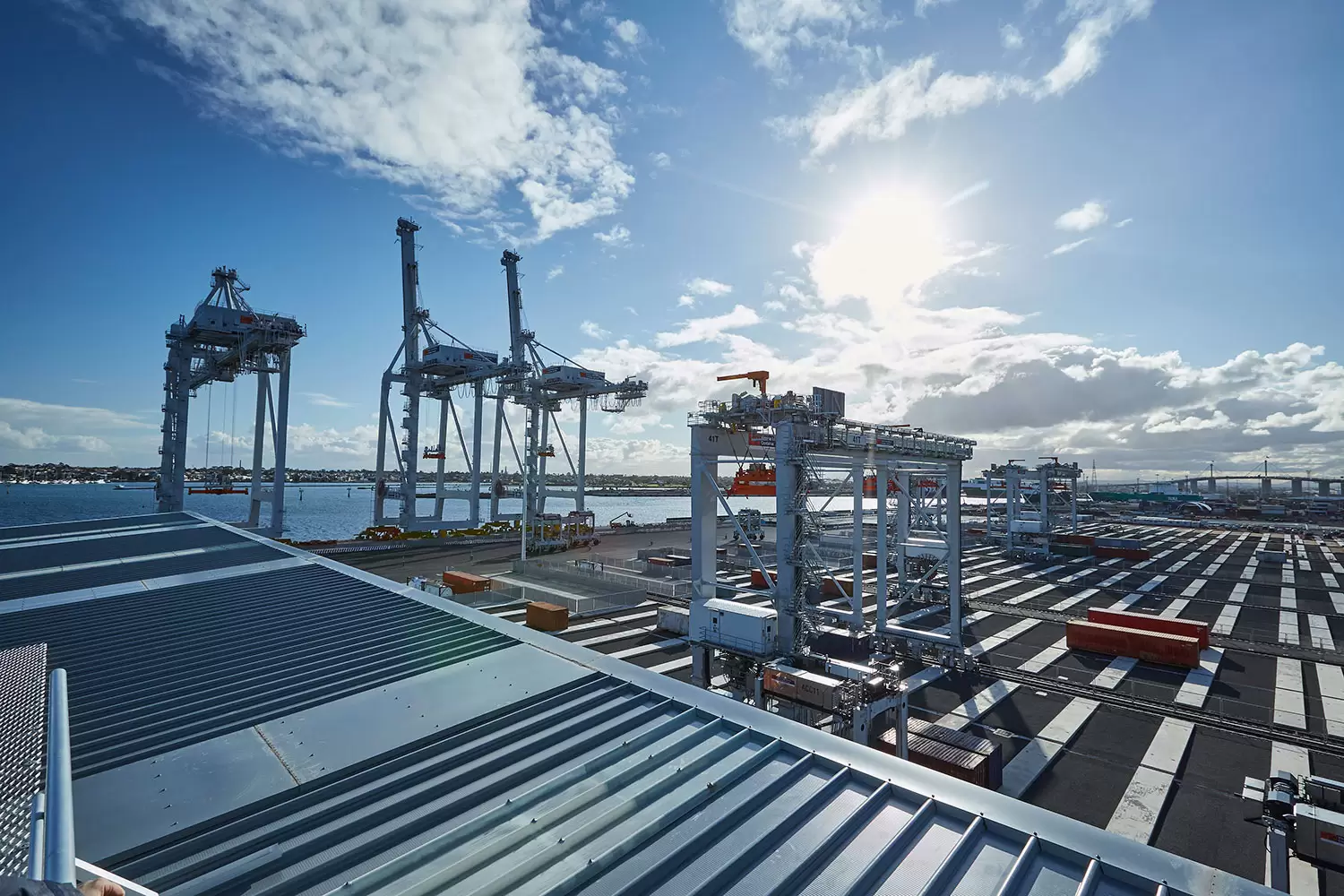
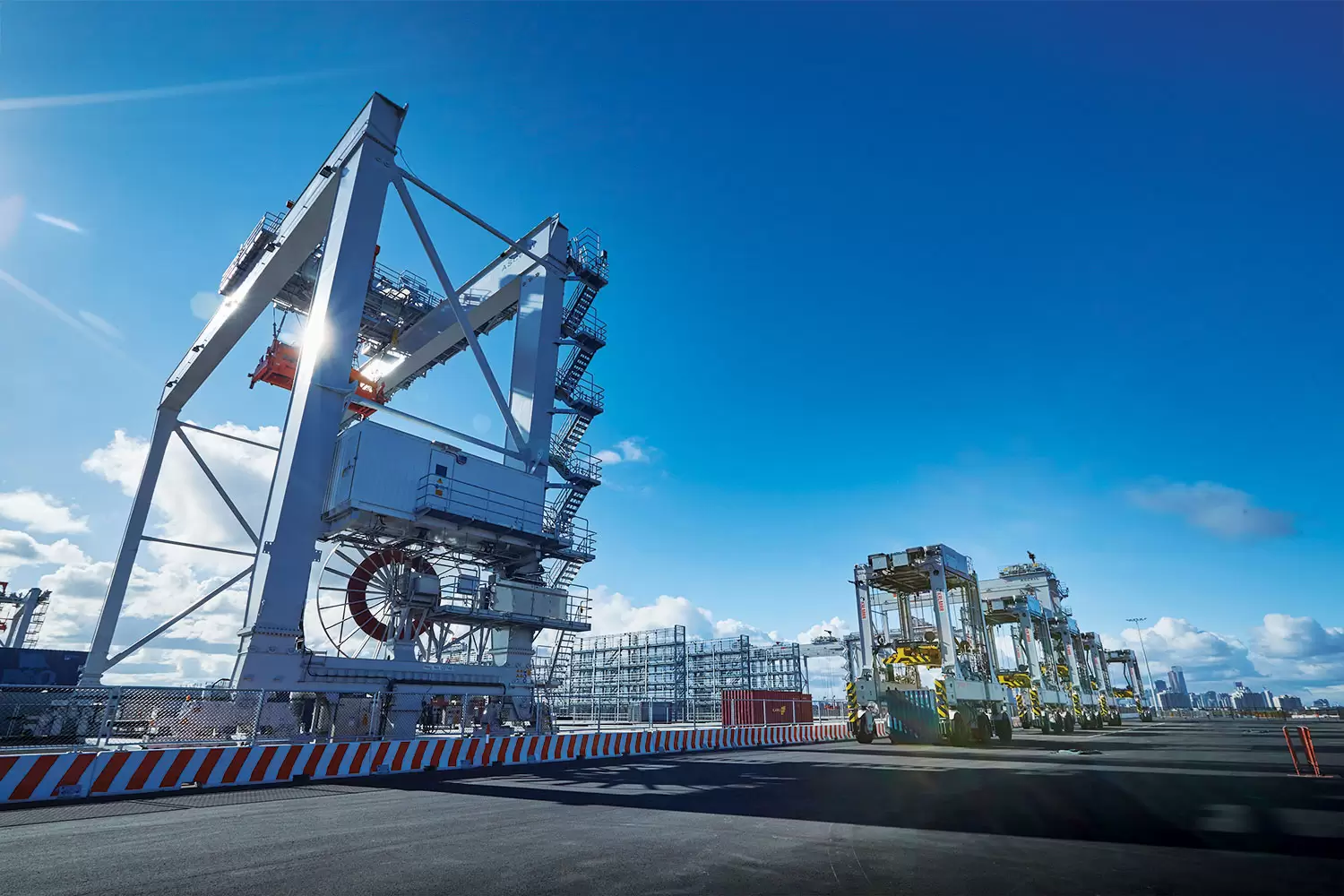

Comments
Post a Comment